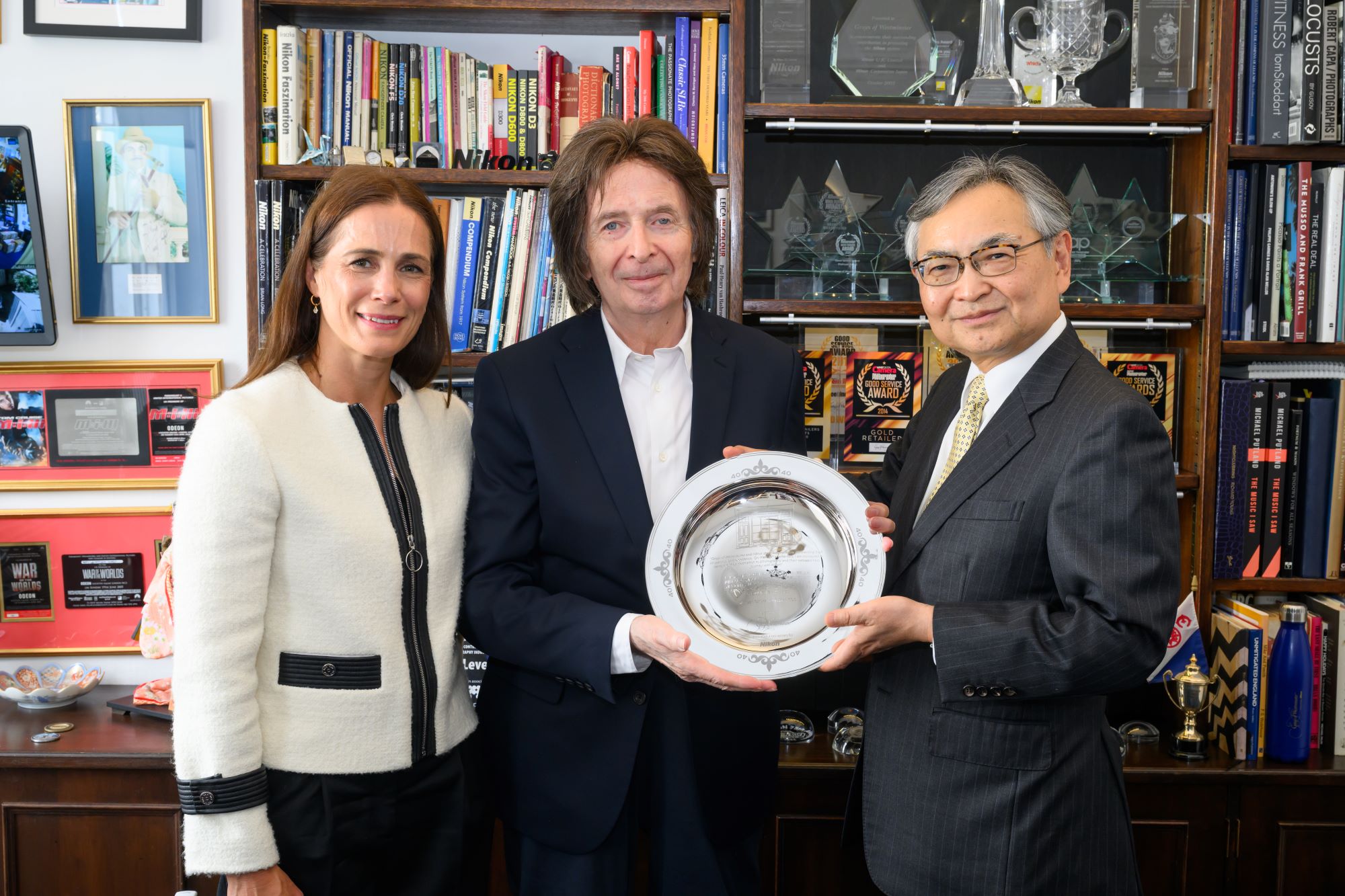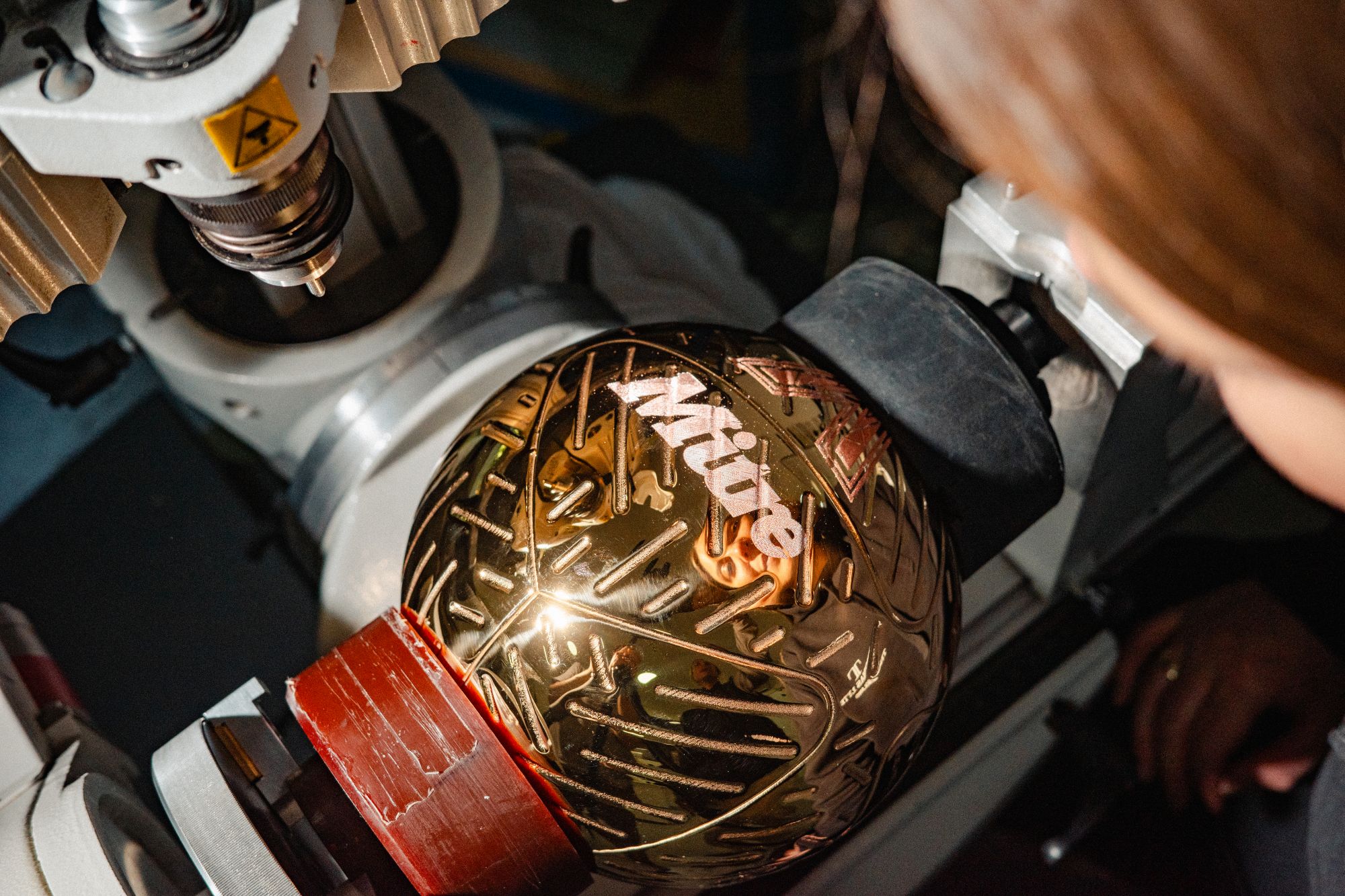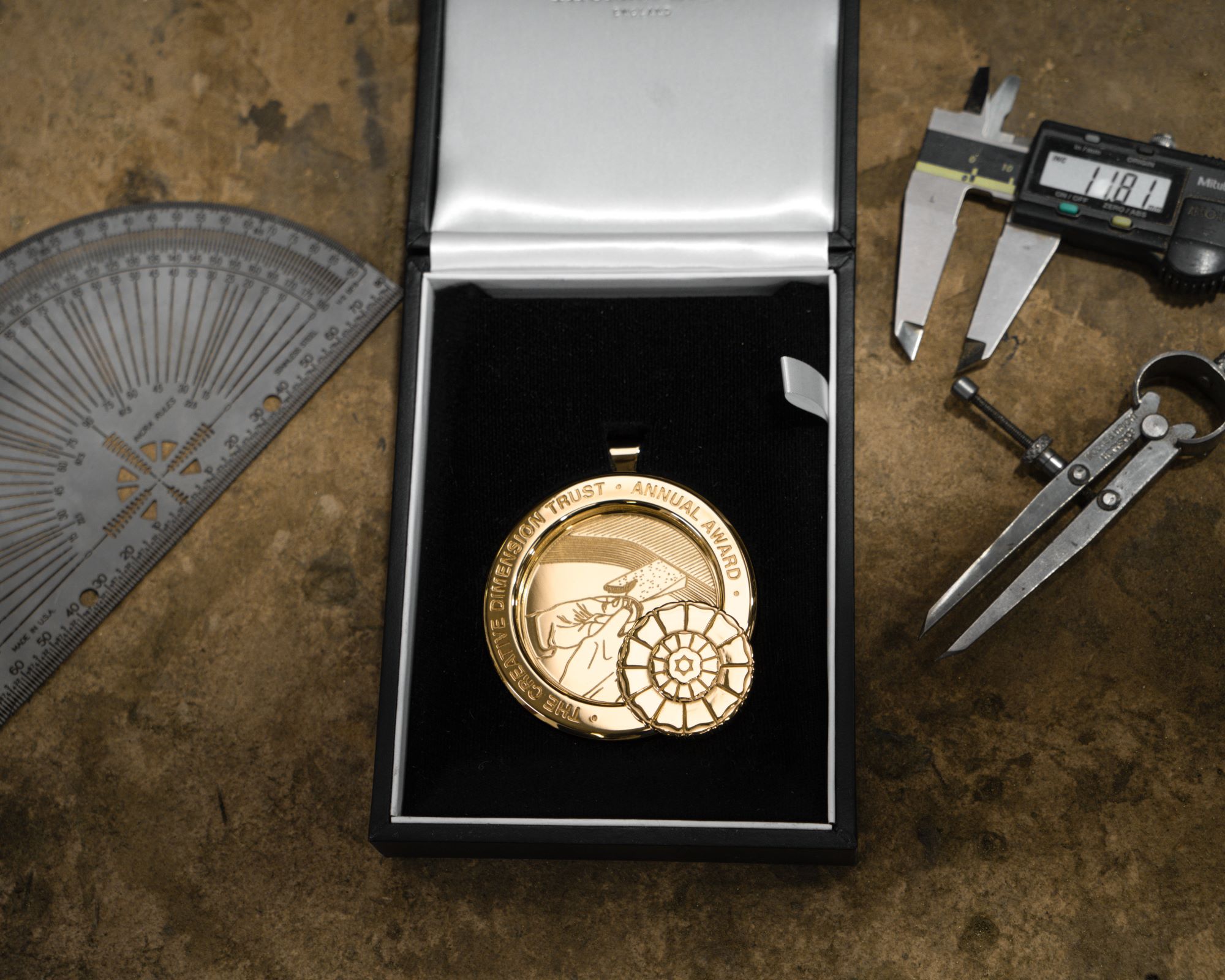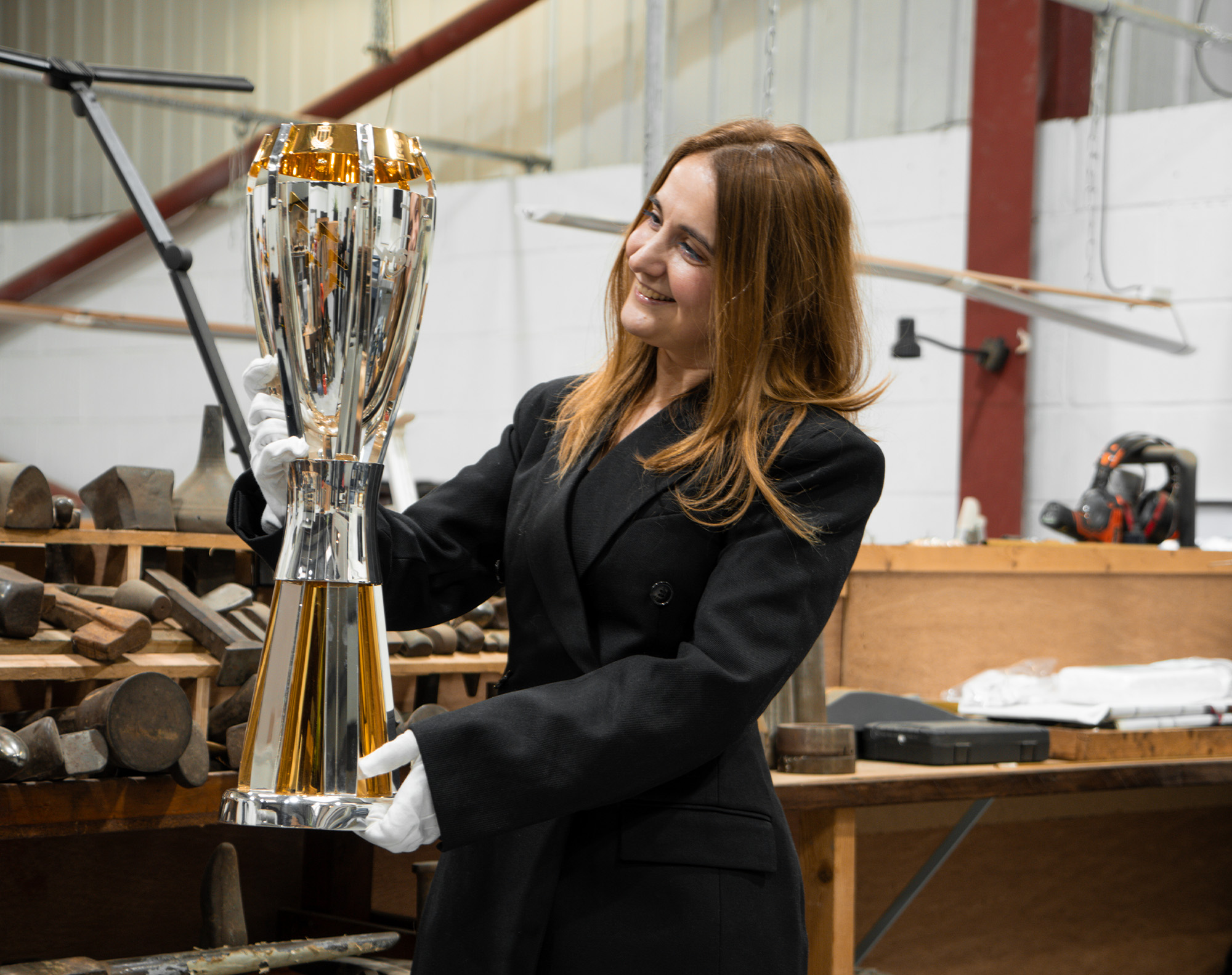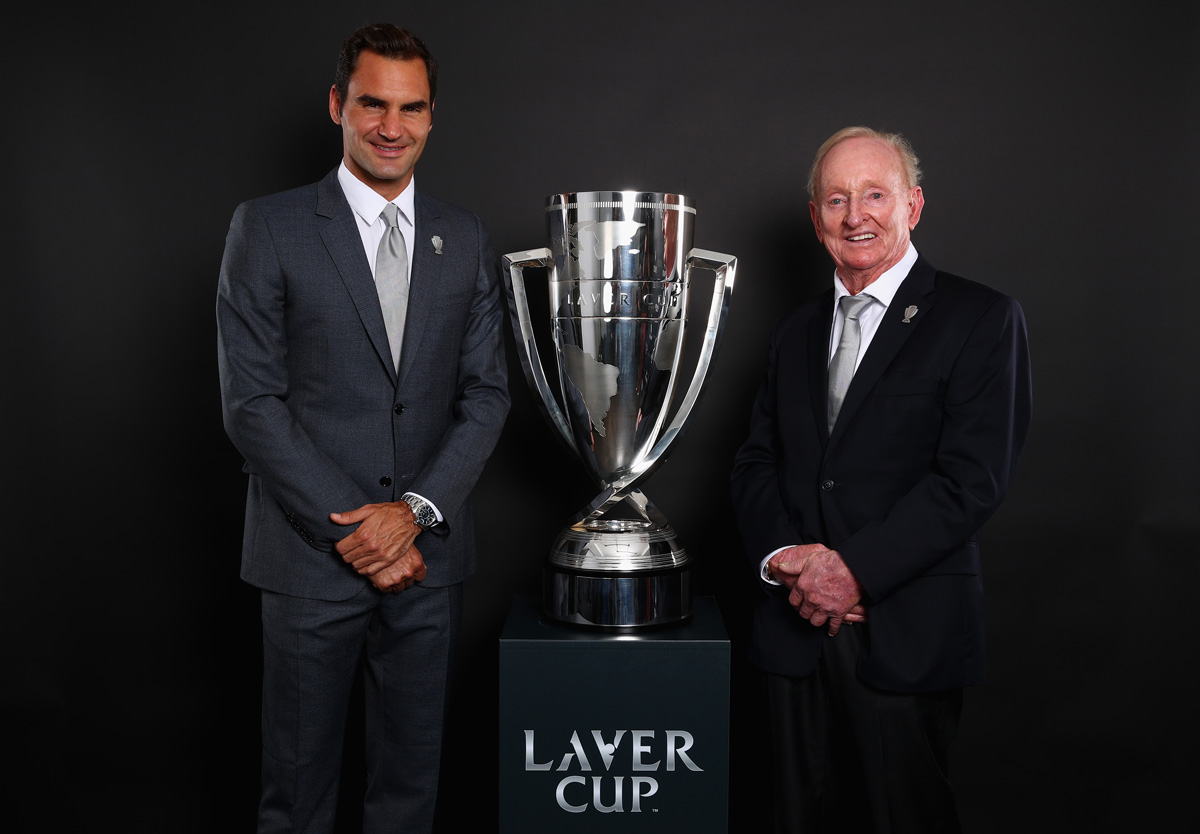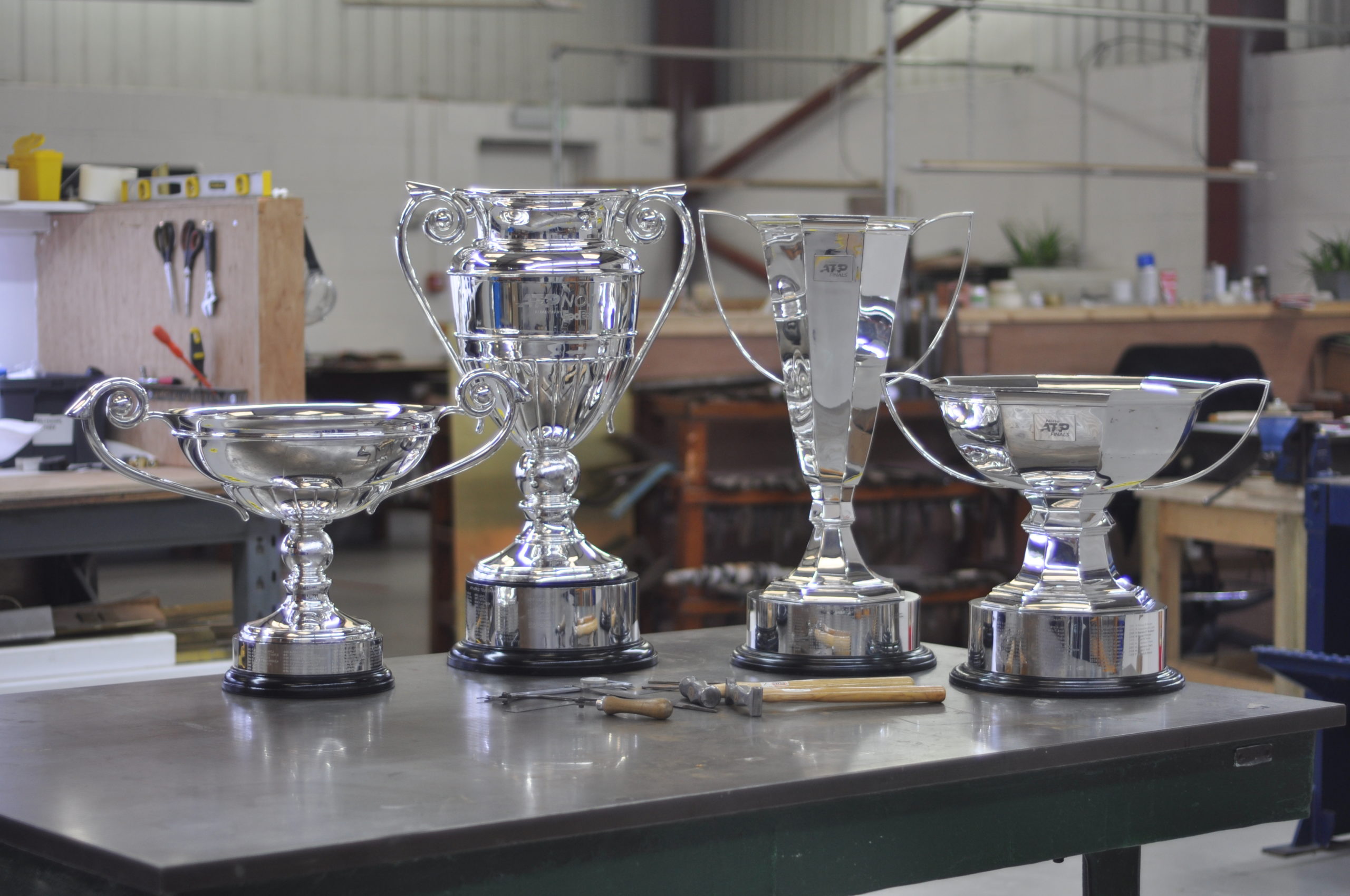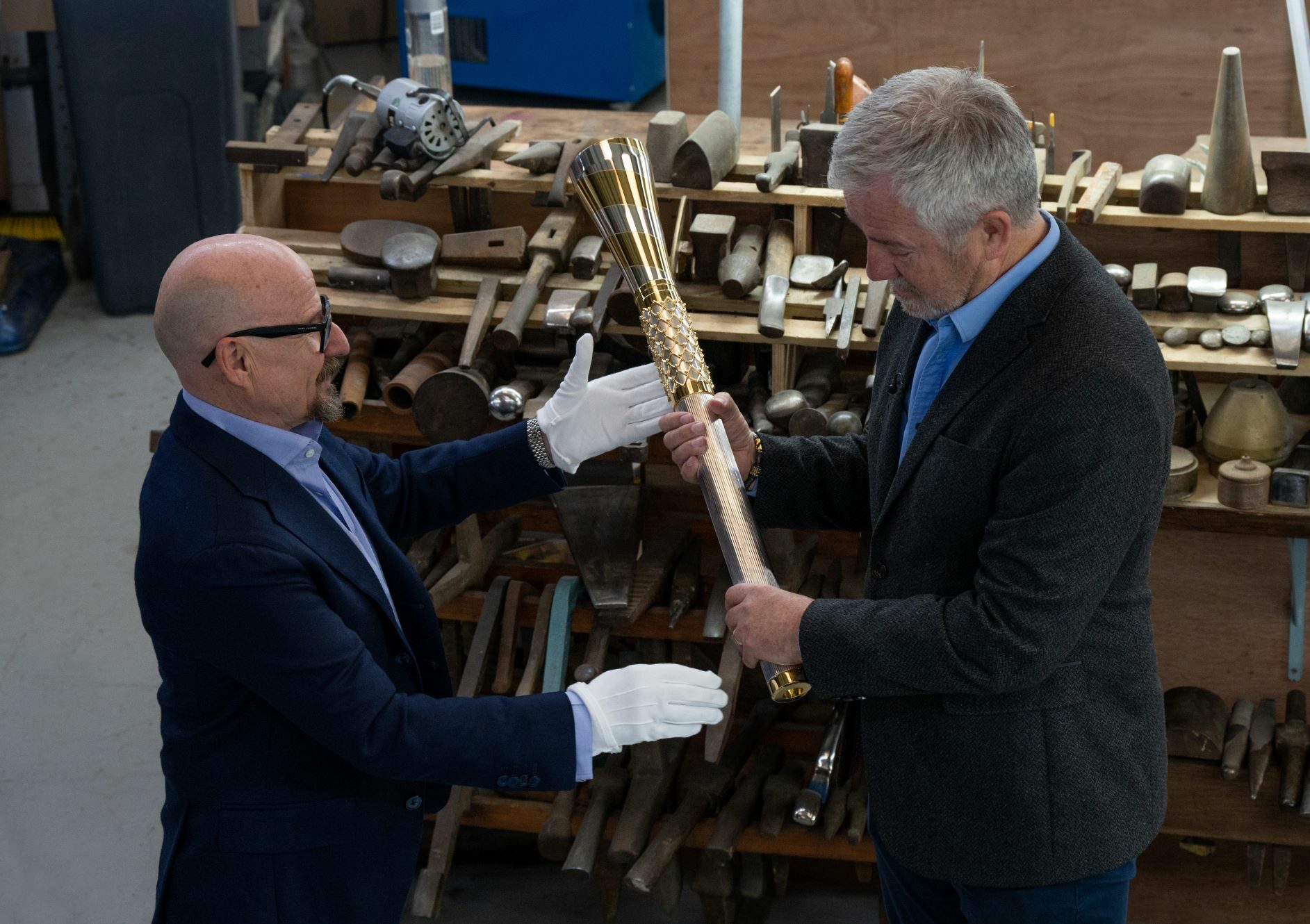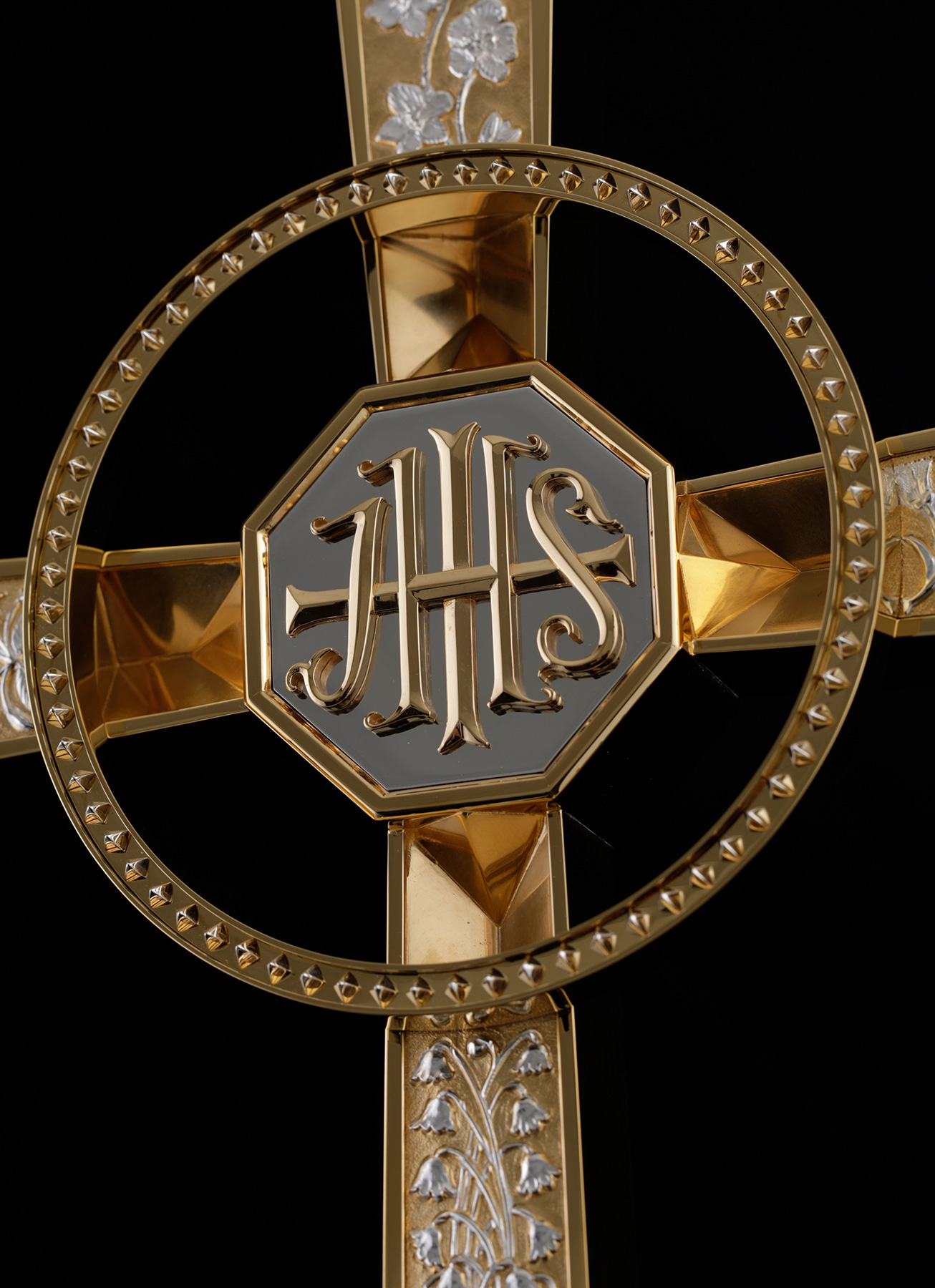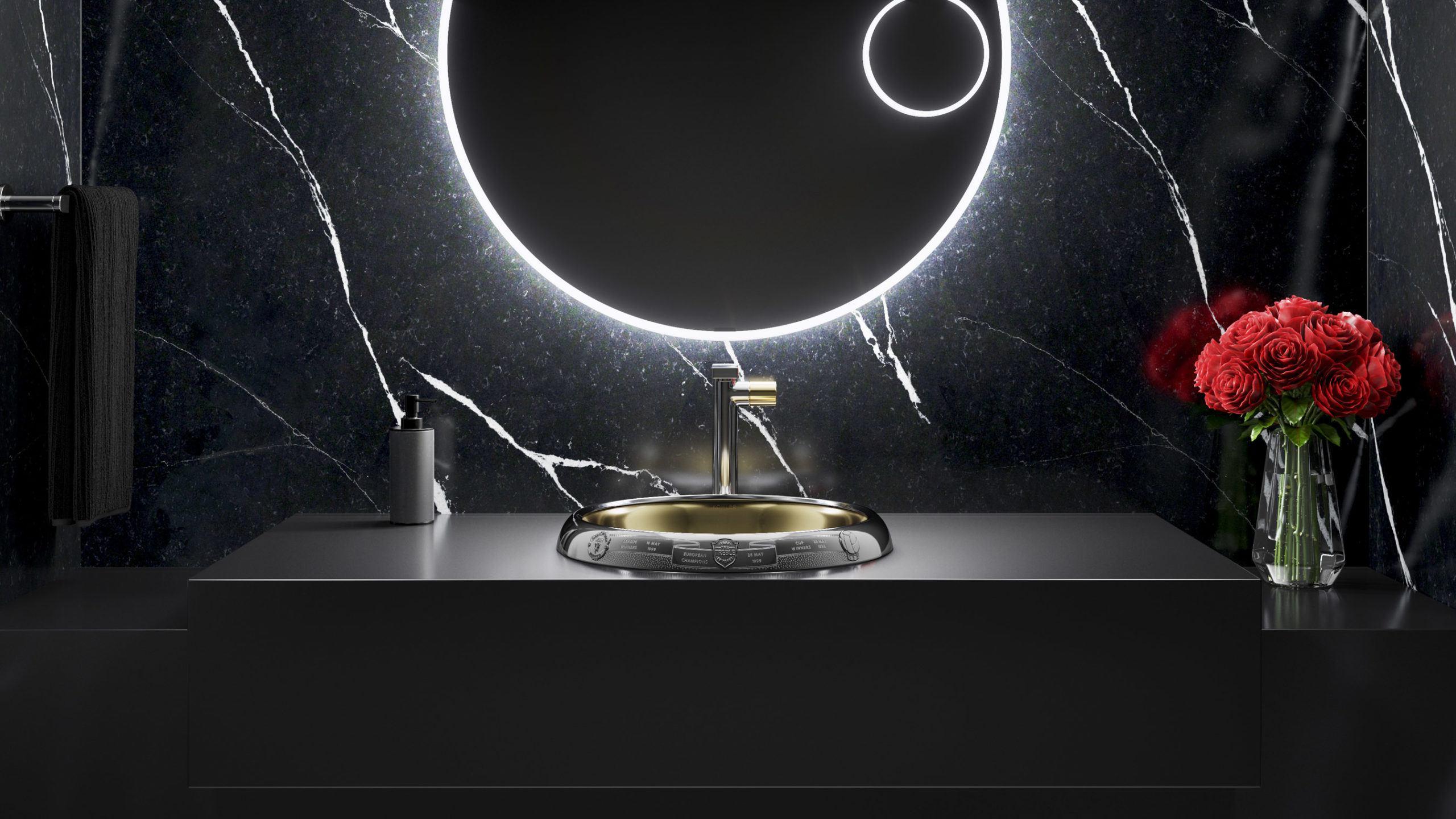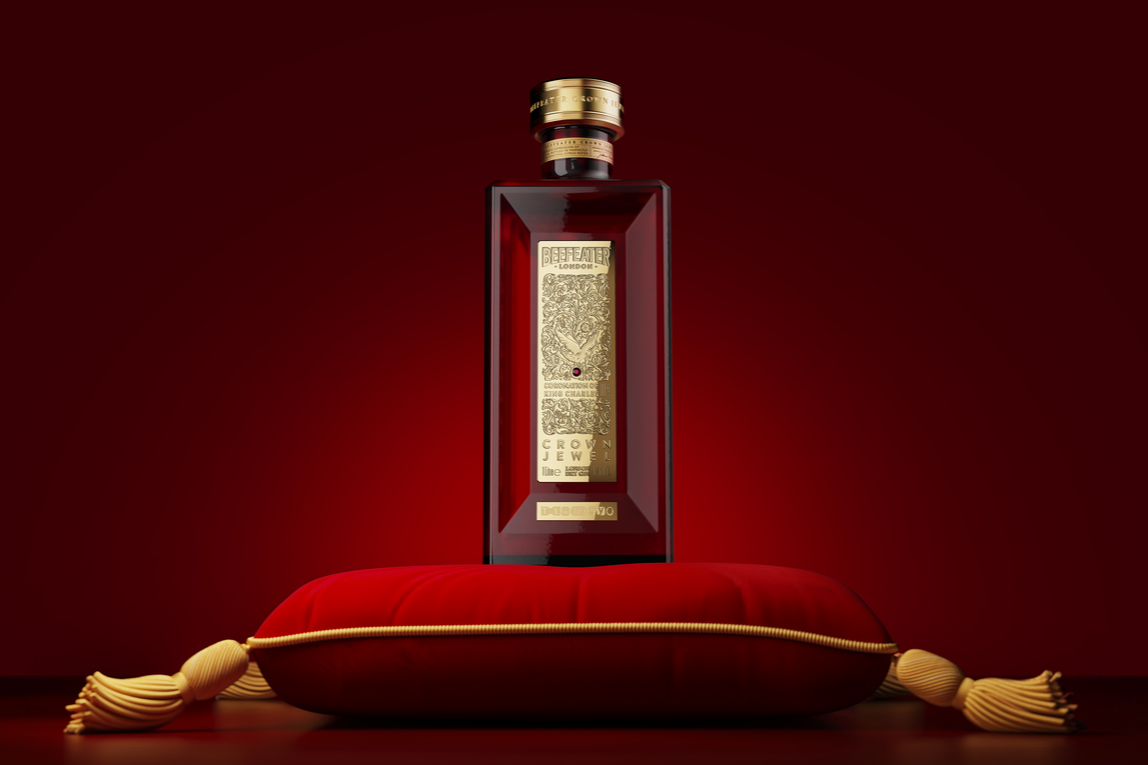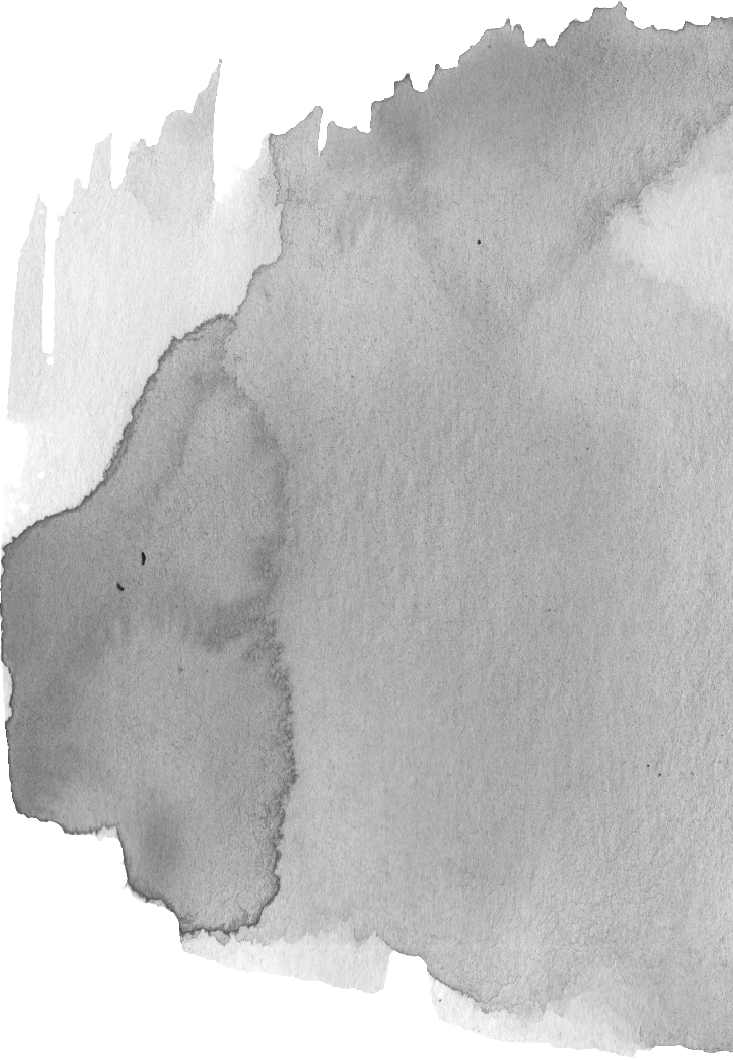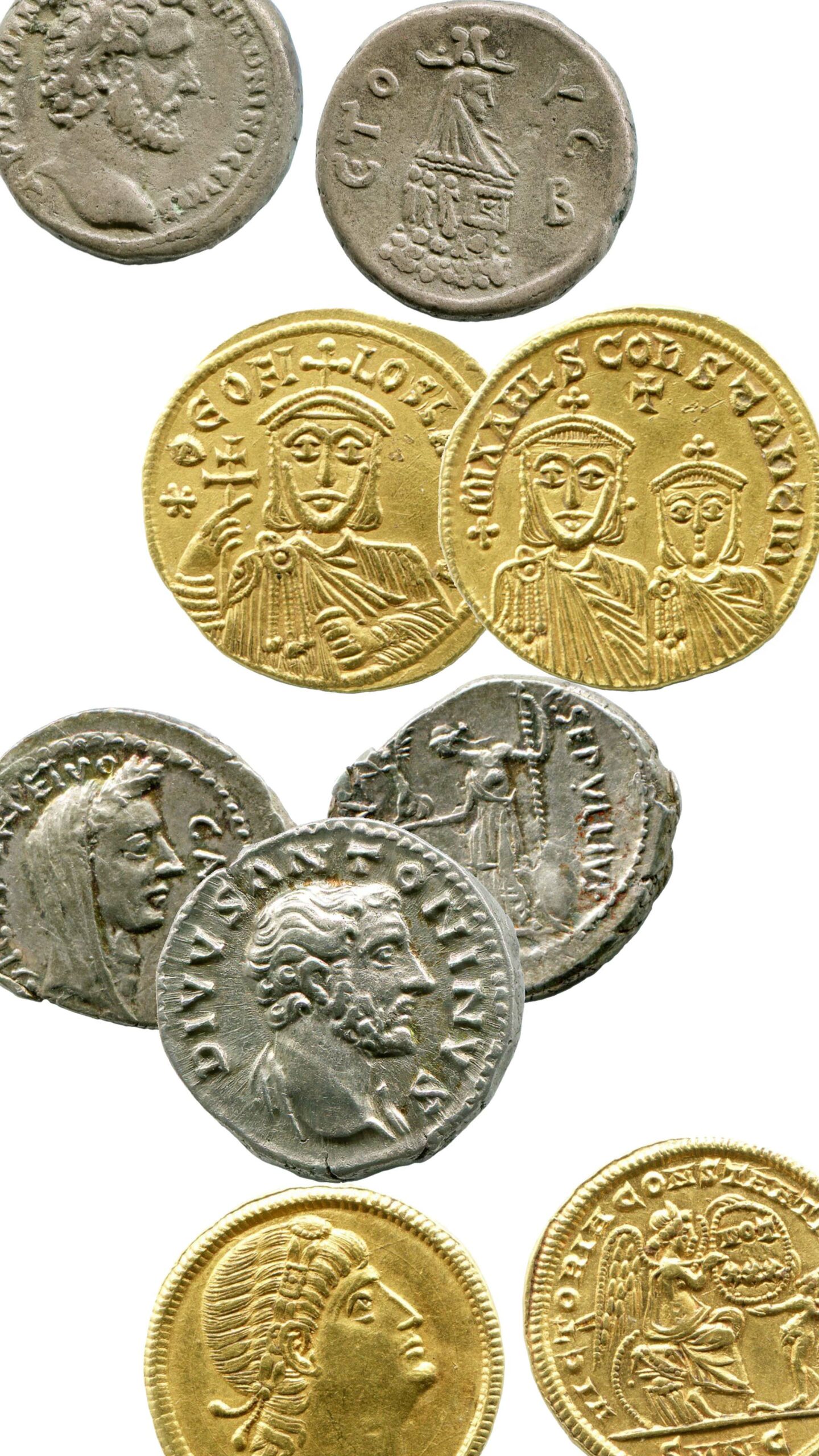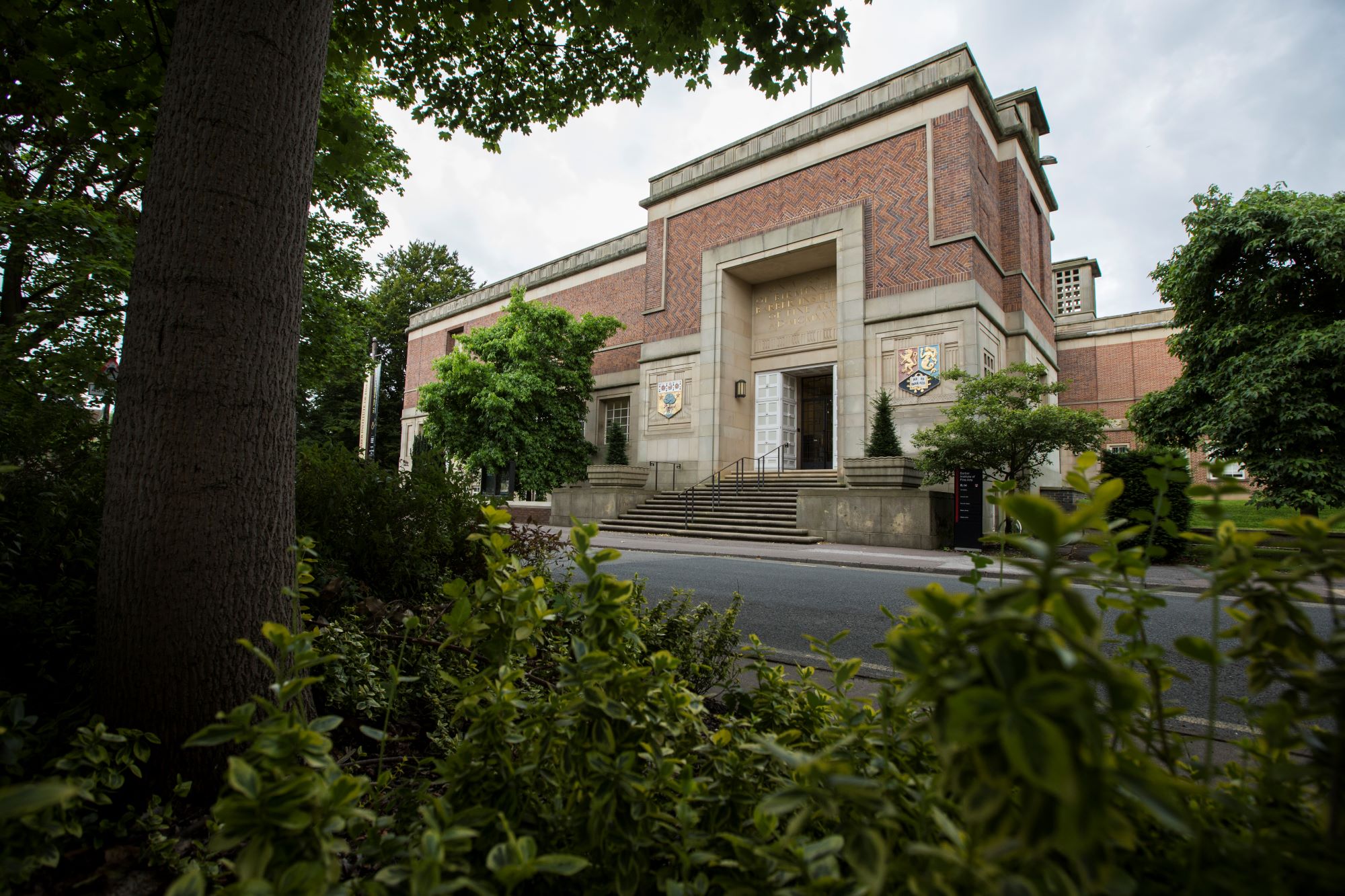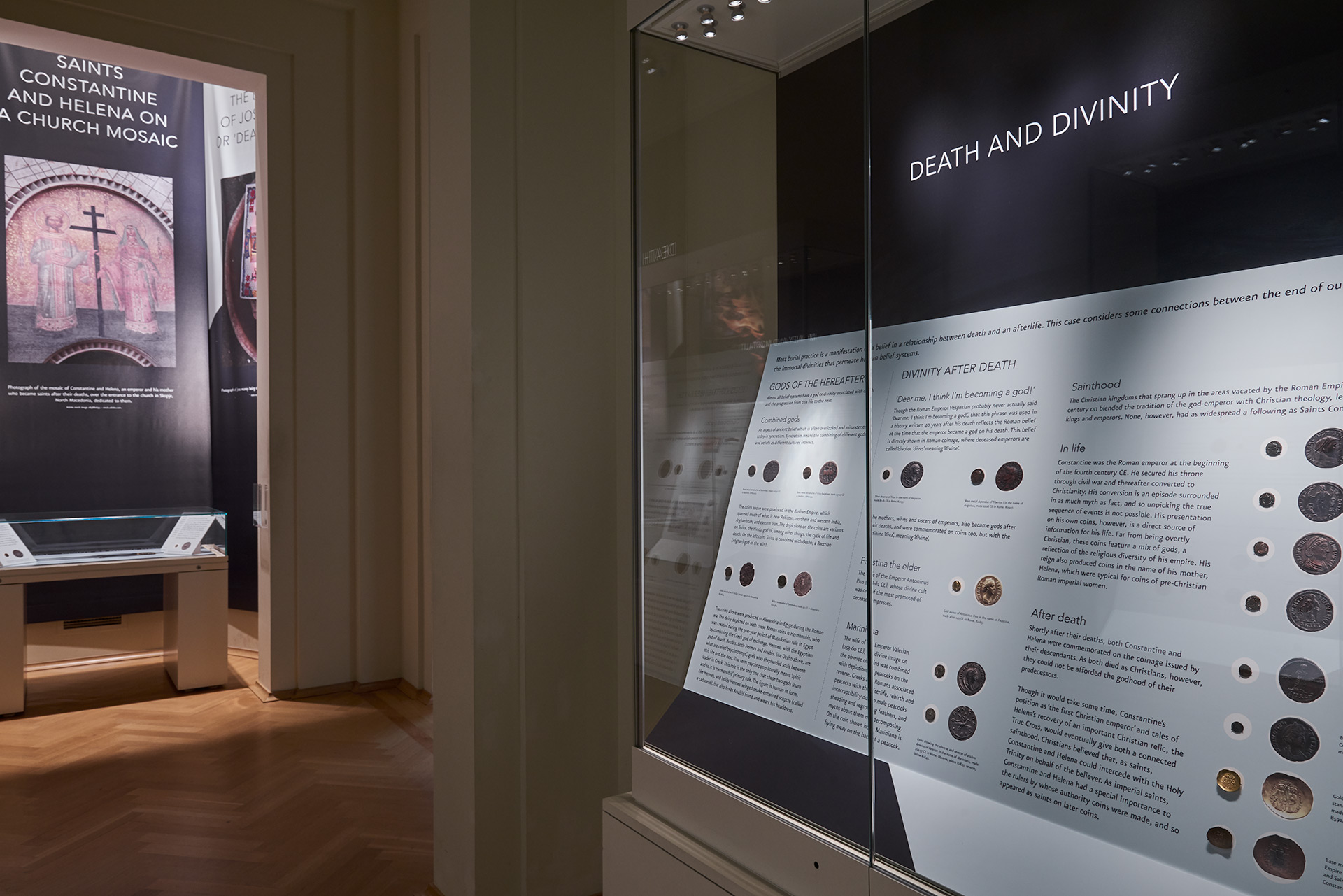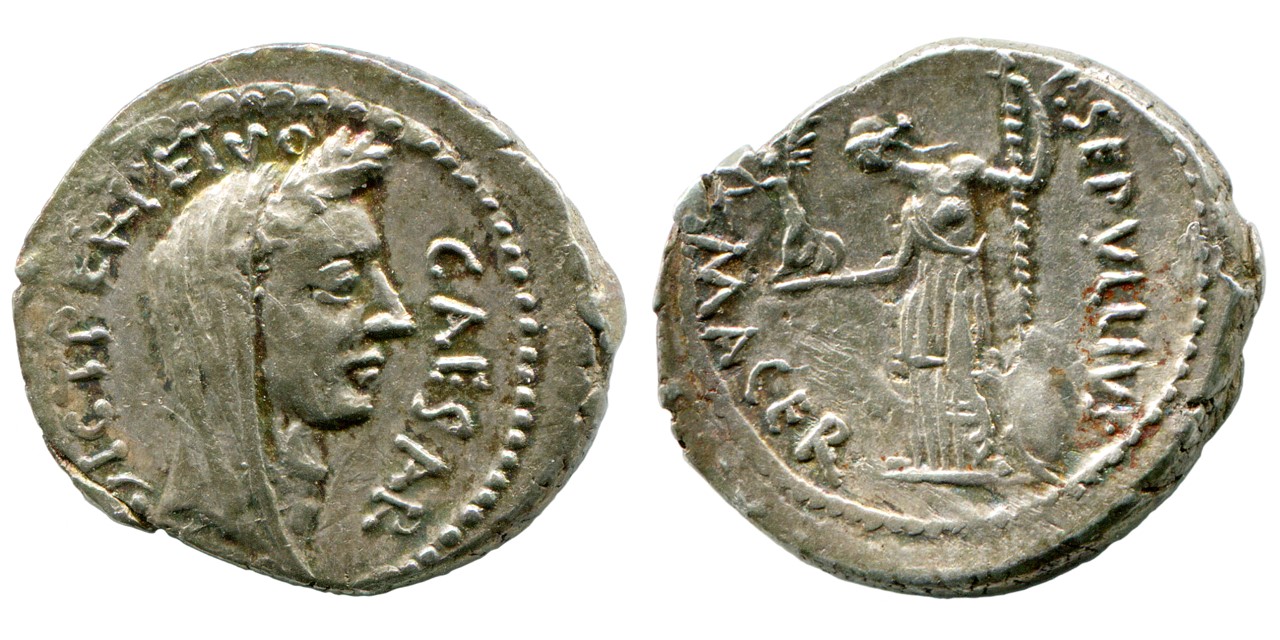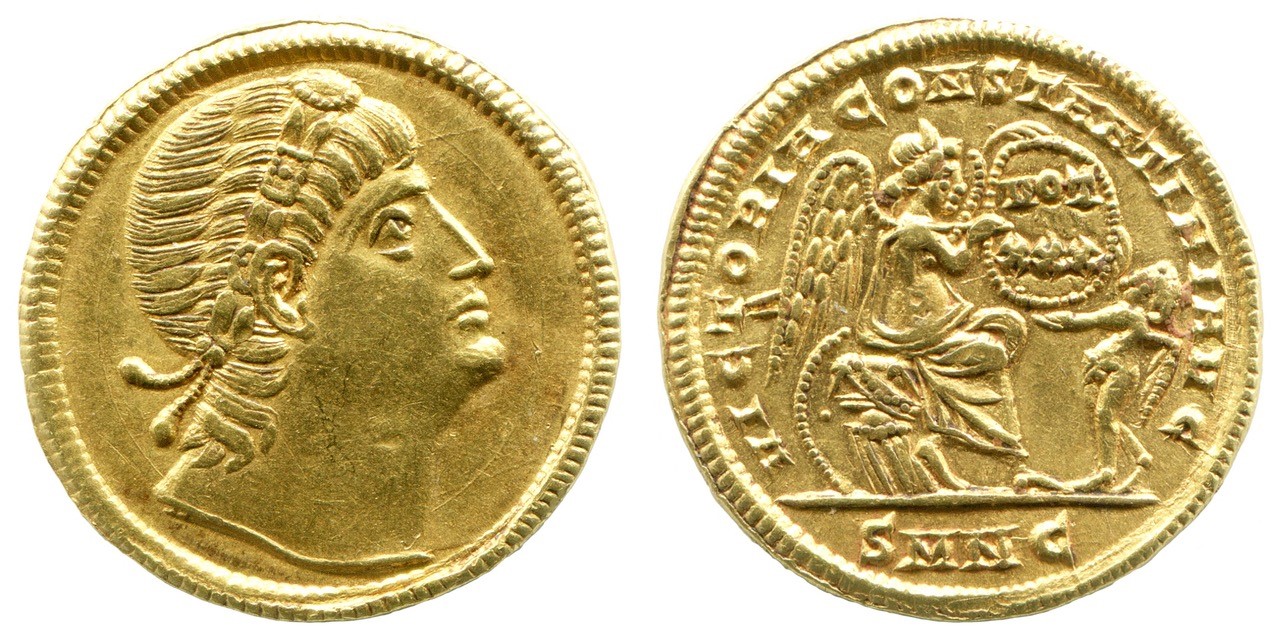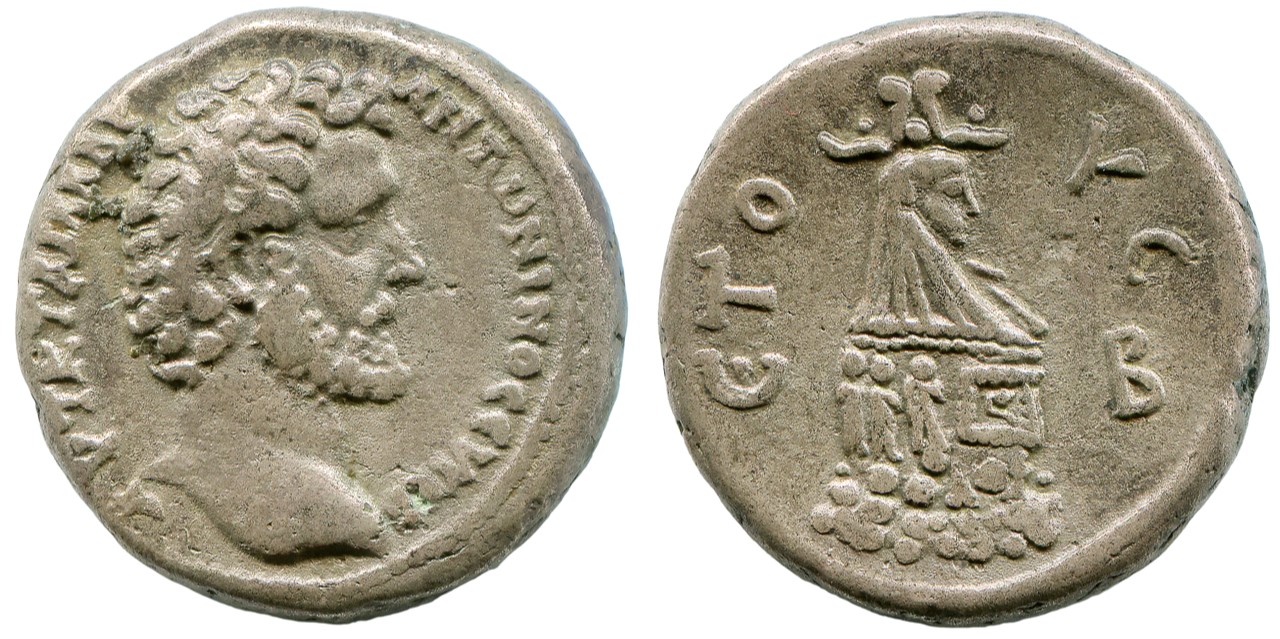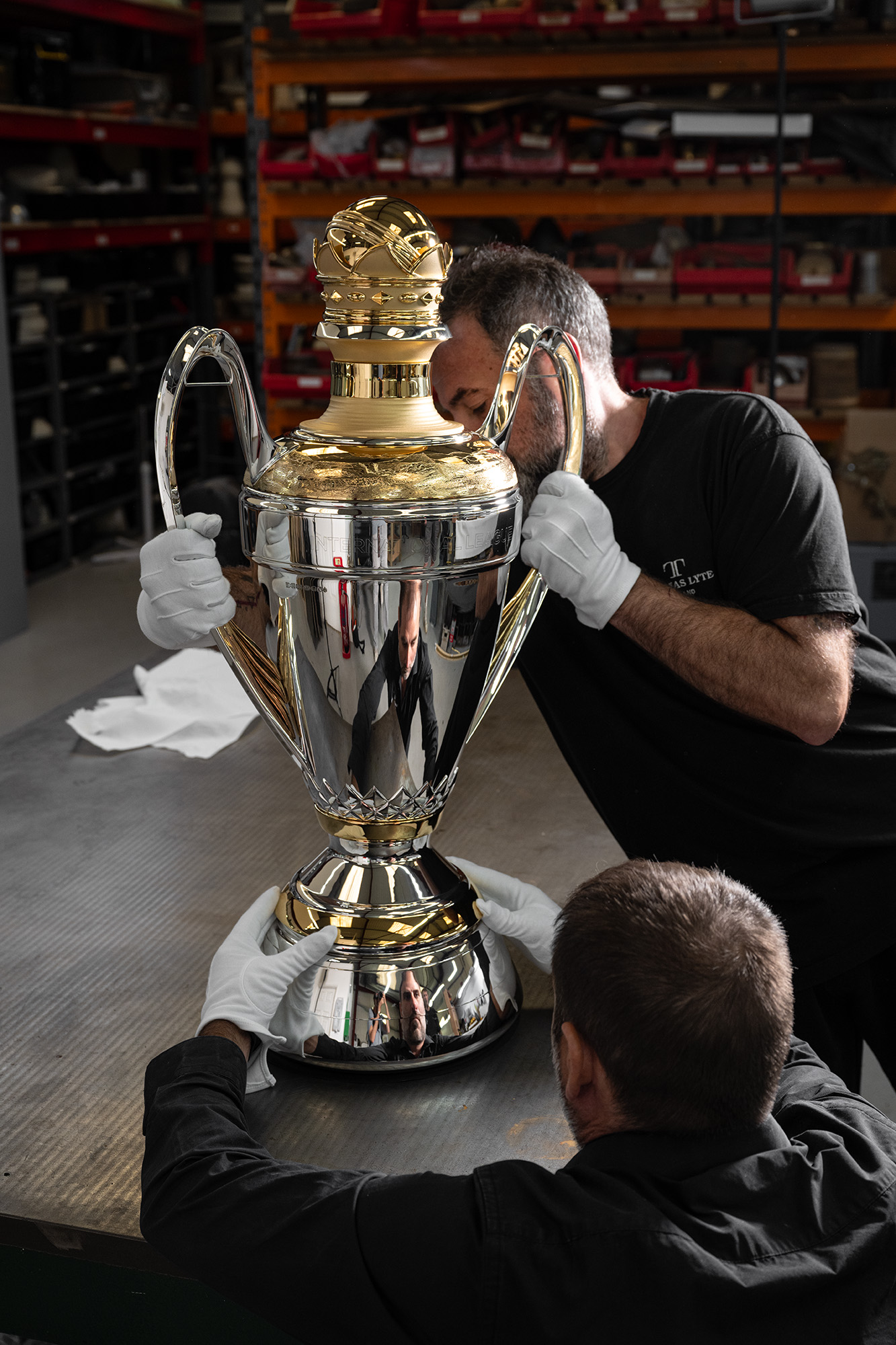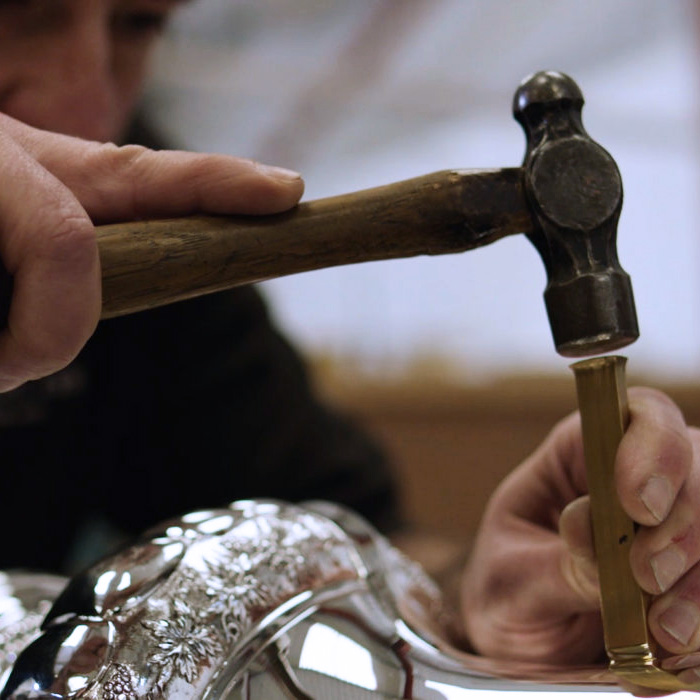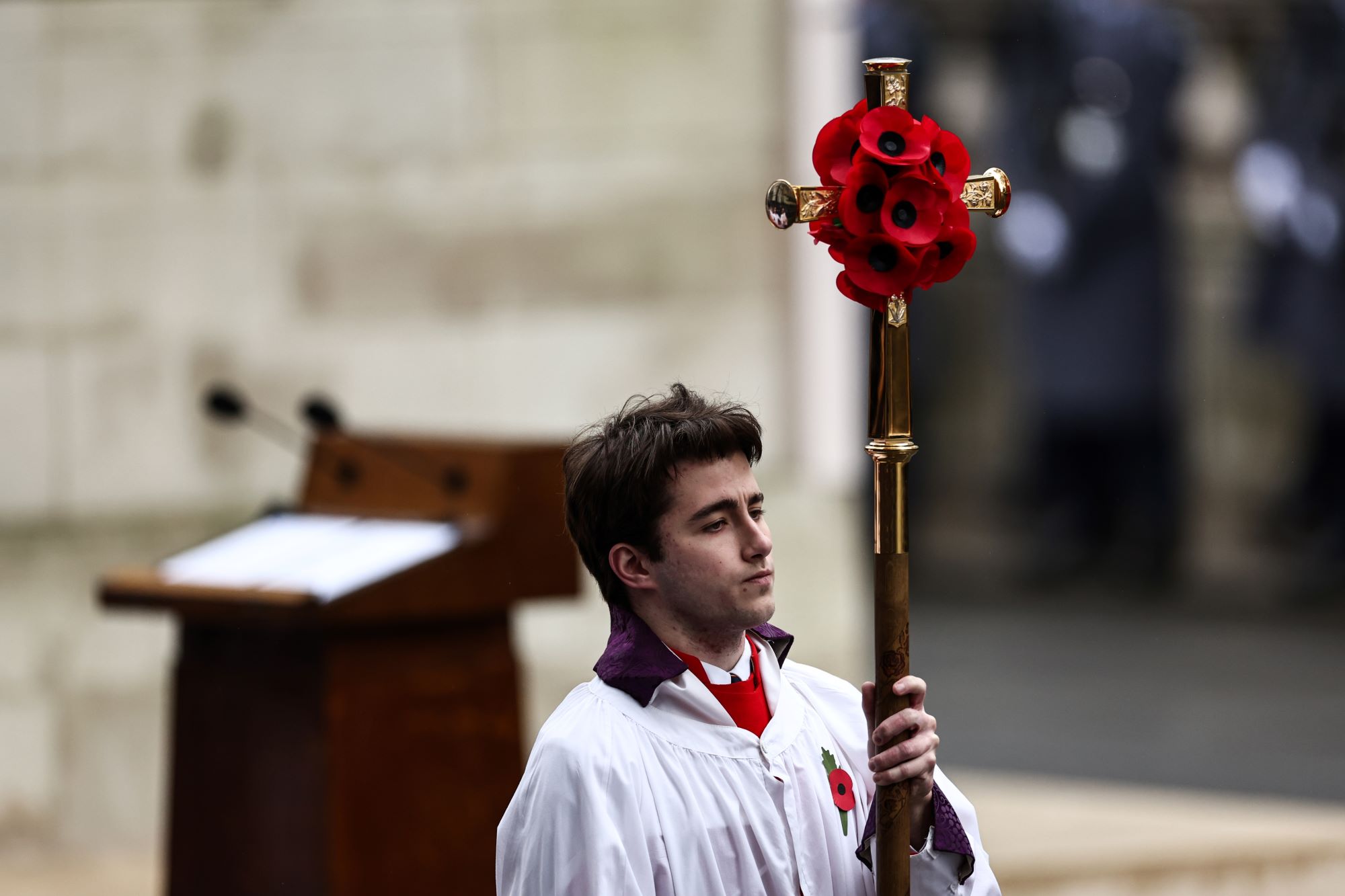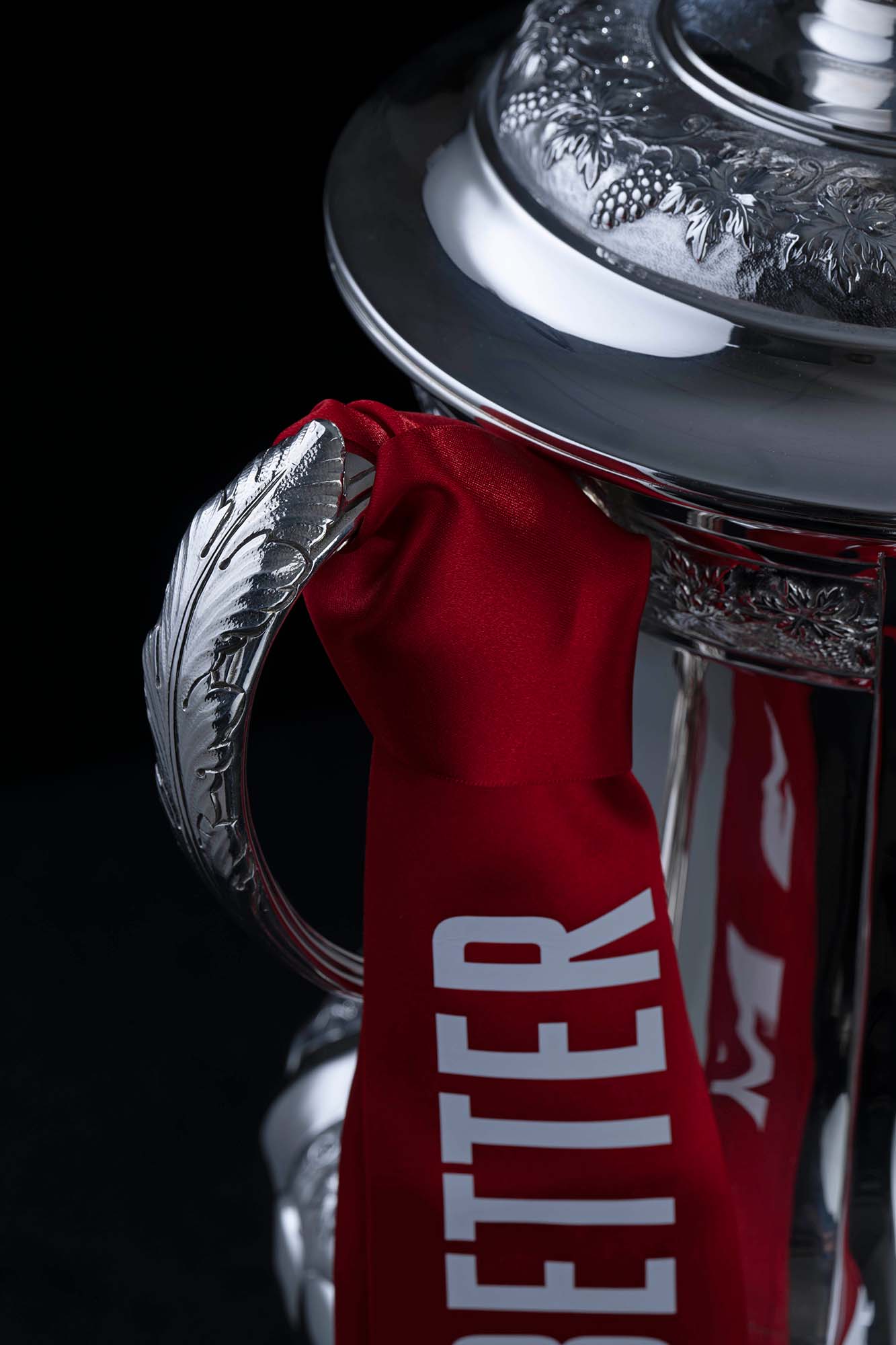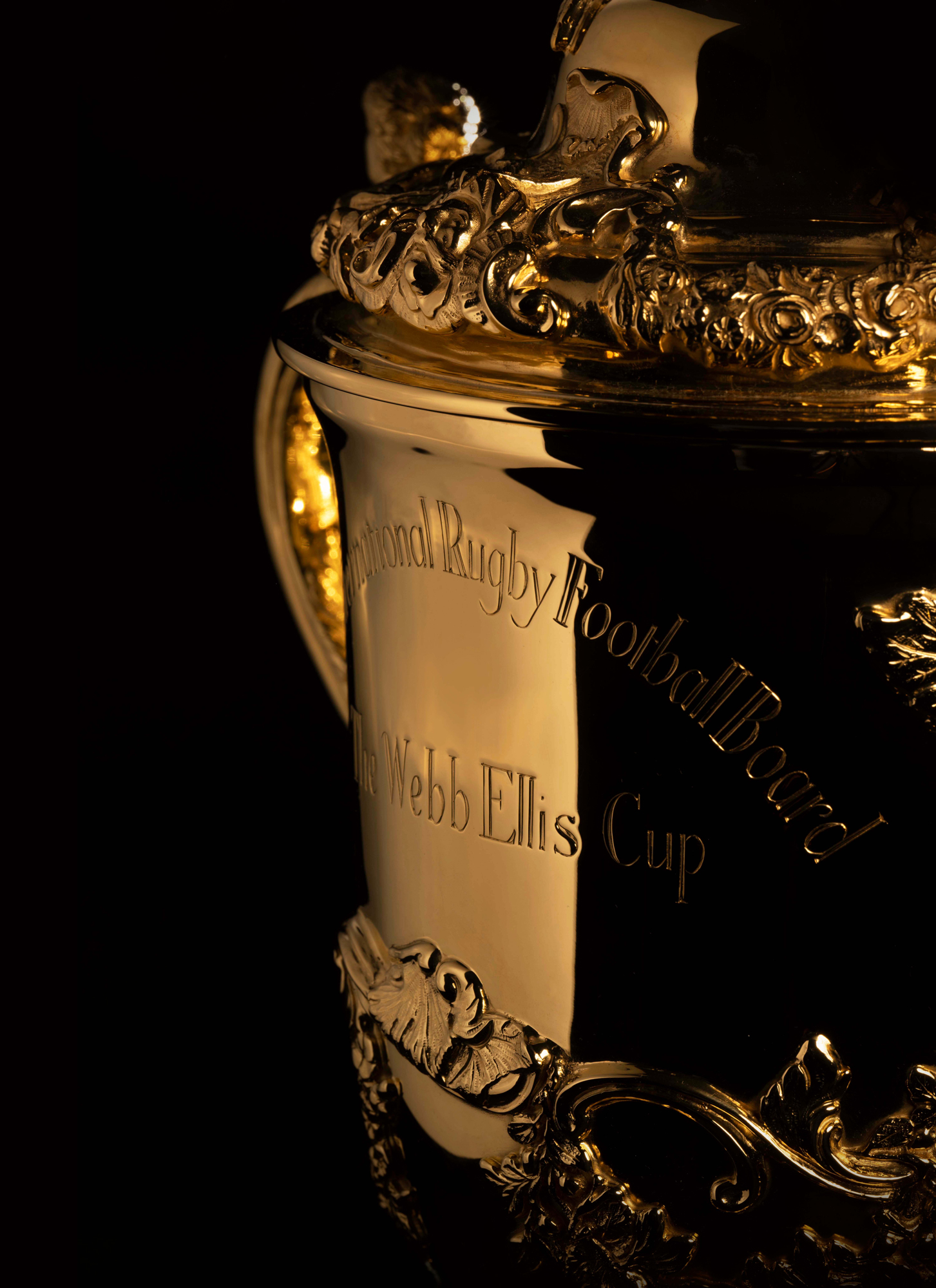Charlotte Metcalf is the Editor of Great British Brands and the co-presenter of Break Out Culture, a weekly podcast with former Minister of Culture, Lord Vaizey. She is also a film-maker, author and journalist. She reports regularly for Thomas Lyte on cultural events, exhibitions, fairs and publications that are of interest to the communities of craftsmen we represent and celebrate, with a particular focus on goldsmiths and silversmiths.
.. … .. … .. … .. … .. … .. … .. … ..
From commemorating loved ones to showcasing exquisite craftsmanship, delve into the captivating world of coins, where art, history, and remembrance intertwine
The purpose-built Barber Institute, housed in one of Birmingham’s finest Art Deco buildings, was opened by Queen Mary in 1939. It remains home to one of the most outstanding small European art collections in the UK, incorporating paintings, drawings, prints, works on paper, sculpture and decorative arts. What is perhaps less well known is that the Barber also owns one of the most impressive collections of Roman, Byzantine, Sasanian, medieval Islamic, and medieval and modern Hungarian coins in the world, with around 16,000 objects.
Birmingham is rightly proud of the Barber’s magnificent art collection, which spans seven centuries and contains work by artists like Botticelli, Bellini, Gainsborough, Gauguin, Van Gogh, Manet, Magritte and Auerbach. Then in 1967 the Trustees supplemented this collection further by acquiring over 15,000 coins from two distinguished collectors and numismatists, Philip Whitting and Geoffrey Haines.
![baton of hope mike mccarthy recieves baton from Thomas Lyte]() A Symbol of Hope for the UK
A Symbol of Hope for the UK![Designers Makers Of The Queen Elizabeth II Platinum Jubilee Processional Cross 3 1306x1800]() Culture Round-Up: 2022 and the Queen Elizabeth II Processional Cross
Culture Round-Up: 2022 and the Queen Elizabeth II Processional Cross